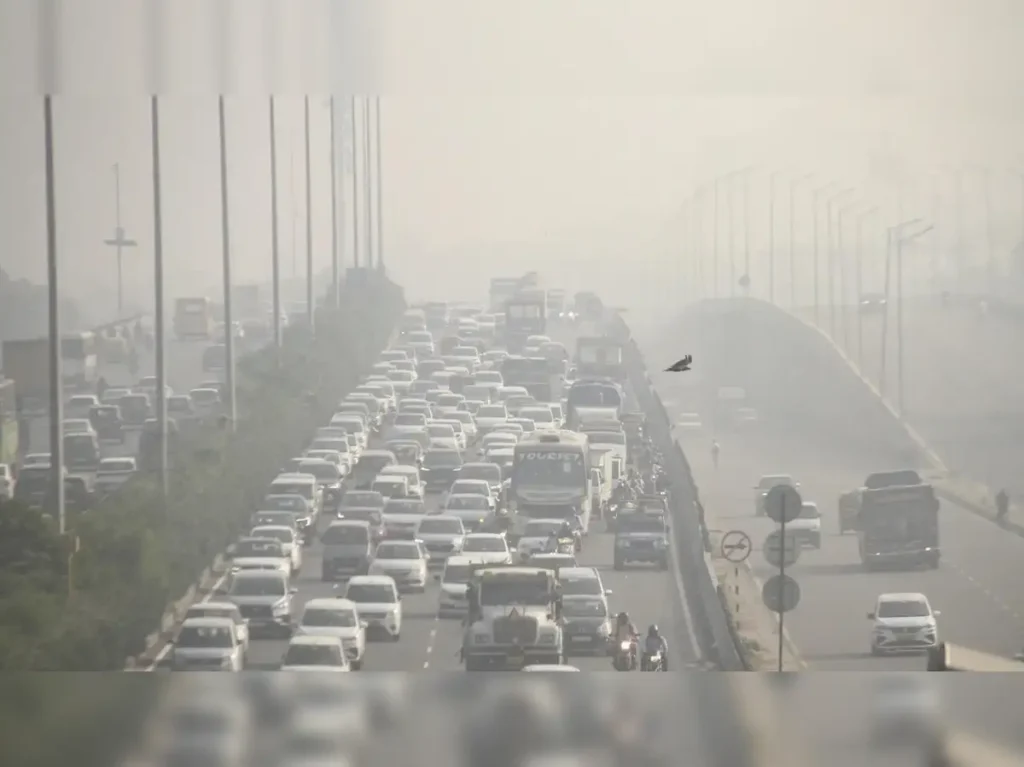The national capital’s air quality has once again fallen into the “very poor” category, with the Air Quality Index (AQI) hovering around 305, according to The Economic Times. A thick layer of smog has blanketed the Delhi-NCR region, drastically reducing visibility and raising widespread health concerns across Noida and Ghaziabad.
Delhi-NCR Chokes Under Rising Pollution Levels
Environmental monitoring stations across Delhi, including Wazirpur, have recorded some of the region’s worst pollution readings, The Indian Express reported. Experts attribute the hazardous air to a combination of vehicle emissions, construction dust, and post-harvest stubble burning in neighboring states. The stagnant weather conditions have worsened the situation, trapping particulate matter and limiting natural dispersion.
Authorities Turn to Cloud Seeding for Relief
In an unprecedented move, Delhi authorities have announced plans to conduct the city’s first-ever cloud seeding experiment in an effort to trigger artificial rainfall and temporarily alleviate the choking smog, according to Business Standard. The proposed operation, if successful, could provide short-term relief to millions struggling with deteriorating air quality.
“Air pollution in Delhi has reached critical levels. Cloud seeding could offer temporary respite, though long-term solutions remain essential,” said a senior official from the Delhi Pollution Control Committee (DPCC).
Health and Safety Concerns Escalate
Hospitals across the capital are witnessing a surge in respiratory illnesses, eye irritation, and asthma attacks, particularly among vulnerable groups such as children and the elderly. The Delhi government has advised schools to restrict outdoor activities, while citizens have been urged to wear masks and limit unnecessary travel until conditions improve.
Experts Warn of Limited Impact Without Regional Cooperation
While the cloud seeding initiative has been welcomed as a proactive measure, environmental experts caution that its effects may be short-lived if Noida, Ghaziabad, and other parts of the National Capital Region (NCR) do not implement coordinated pollution control efforts. The recurring smog crisis, they note, underscores the need for sustainable air management strategies rather than temporary fixes.
A Recurring Urban Health Emergency
Delhi’s worsening air quality — an annual phenomenon during late autumn and winter — continues to highlight the fragile balance between urbanization, agriculture, and environmental policy. With rising pollution levels posing severe public health risks, experts are urging stronger enforcement of industrial emission norms, expansion of green cover, and a long-term shift toward cleaner energy and transport solutions.
Until then, residents of Delhi and the NCR brace for yet another smog-filled season, waiting for the skies to clear — either naturally or through the first rains brought by technology.

